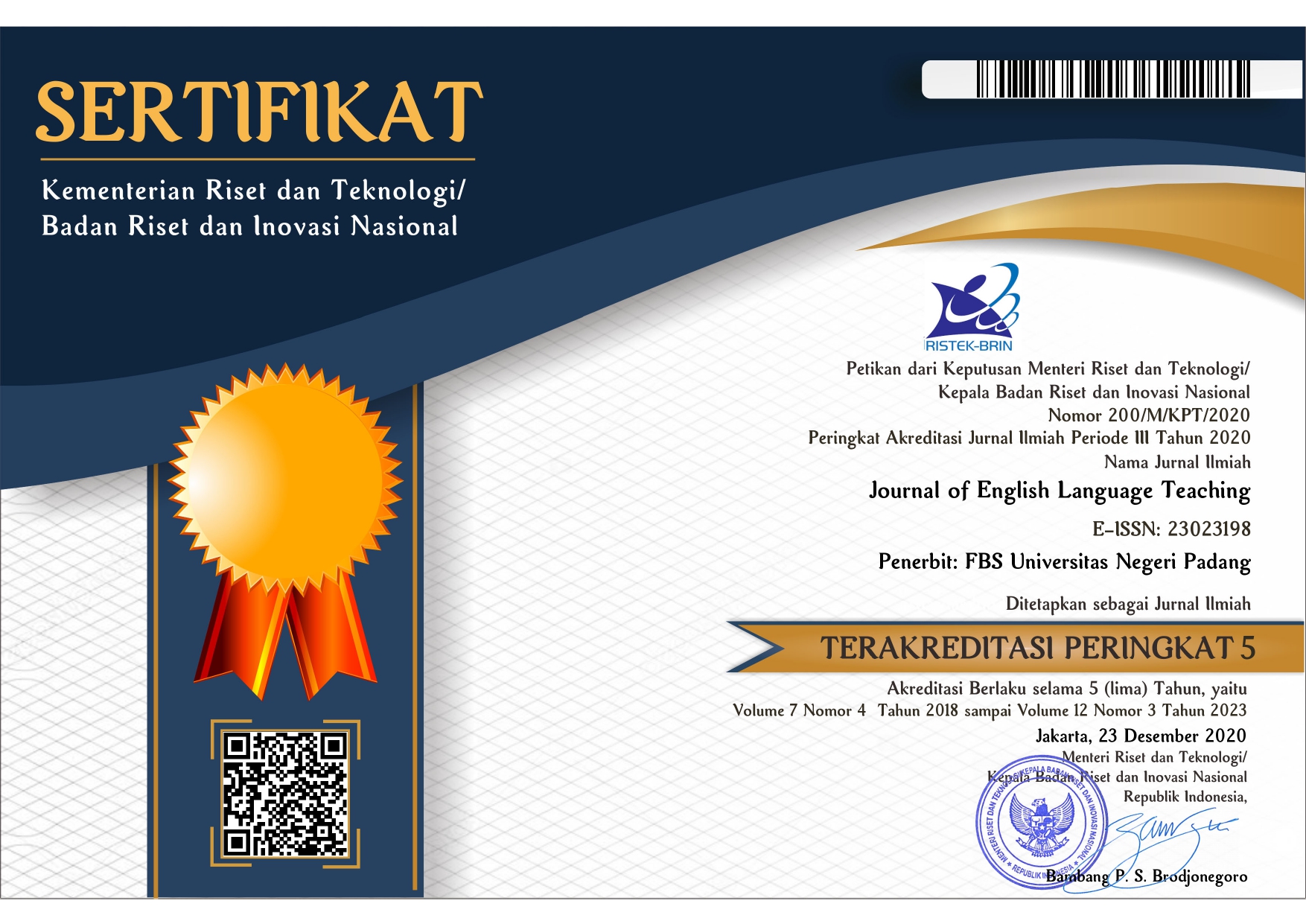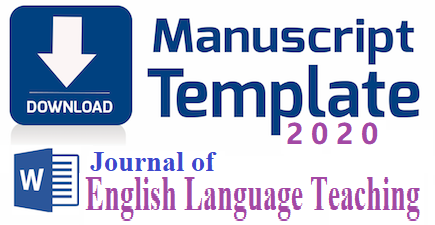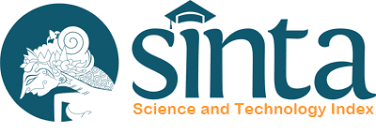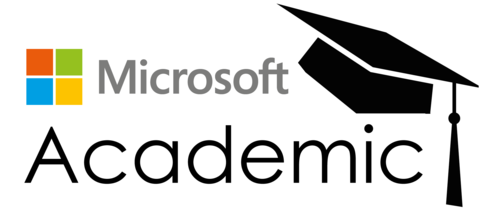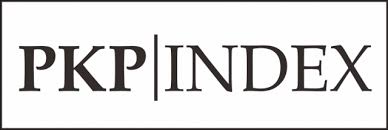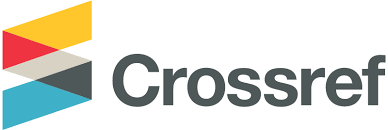The Level of Code Switching Employed by English Education Department Students: A Study on Speaking Skill at Proposal Seminar Presentation
 ), Jufrizal Jufrizal(2),
), Jufrizal Jufrizal(2), (1) Universitas Negeri Padang
(2) Universitas Negeri Padang
 Corresponding Author
Corresponding Author
Copyright (c) 2022 Finessa Salsabila
DOI : https://doi.org/10.24036/jelt.v11i3.118716
Full Text:
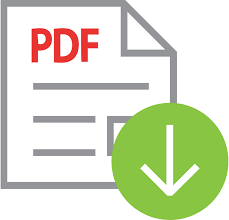 Language : en
Language : en
Abstract
This study aims to analyze the level of code-switching employed by English education students based on how often code-switching employs in proposal seminar discussions. This research also finds out the type of code-switching students employ most often. The researcher observed and analyzed video recordings by students through zoom meeting recordings during the proposal seminar discussion session. The researcher uses descriptive-quantitative to determine and measure the frequency level of how often students use code-switching. The research subjects in this study were English education students who recorded videos starting from the proposal seminar discussion session. The results showed that students who conducted a proposal seminar in April employed code switching during discussion sessions. The most frequently employed types are intra-sentential, inter-sentential, and extra-sentential. The level of student code-switching is at low and very low levels, but students often use Indonesian during the proposal seminar discussion session instead of using English. It shows that the students' speaking ability is still very limited using English.
Keywords
References
Abdulloh, A., & Usman, R. (2021). Students’ Perception towards Code-Switching and Code-Mixing in Sociolinguistic: A Case at an English Education Major. EDULINK (Education and Linguistics Knowledge) Journal Students’, 3(1), 6.
Ansar, Fithrah. A. (2007). Code Switching and Code Mixing in Teaching Learning Process. English Education, Jurnal Tadris Bahasa Inggris , 2945.
Gay, L, R and Airasian, P . W . 2009 . Educational Research: Competencies for Analysis and Application (9th Edition). New Jersey: Pearson.
Mabule, D. R. (2015). What is this? Is It Code Switching, Code Mixing or Language Alternating? Journal of Educational and Social Research, 5(1), 339–350. https://doi.org/10.5901/jesr.2015.v5n1p339
Nurhamidah. (2018). CODE-SWITCHING To what extent it benefits in EFL classroom ? English Language and Literature International Conference (ELLiC), 2(1962), 69–75.
Nurhamidah, N., Fauziati, E., & Supriyadi, S. (2018). Code-Switching in Efl Classroom: Is It Good or Bad? Journal of English Education, 3(2), 78–88. https://doi.org/10.31327/jee.v3i2.861
Rabiah, S. (2018, November 19). Language as a Tool for Communication and Cultural Reality Discloser. https://doi.org/10.31227/osf.io/nw94m
Rusdi Noor Rosa, S. M. (2013). Introduction to Linguistics. Padang: Sukabina.
Horasan, S. (2014) Code-switching in EFL classrooms and the perceptions of the students and teachers. Journal of Language and Linguistic Studies, 10(1), 31-45.
Sumarsih, et.al. (2014). Code Switching and Code Mixing in Indonesia: Study in Sociolinguistics. English Language and Literature Studies , 77-92.
Umami, E. A., & Ghasani, B. I. (2021). Code-switching and Code Mixing on Vlog: A Sociolinguistics Study. Islah: Journal of Islamic Literature and History, 2(1), 15–30. https://doi.org/10.18326/islah.v2i1.15-30
 Article Metrics
Article Metrics
 Abstract Views : 254 times
Abstract Views : 254 times
 PDF Downloaded : 113 times
PDF Downloaded : 113 times
Refbacks
- There are currently no refbacks.
Copyright (c) 2022 Finessa Salsabila

This work is licensed under a Creative Commons Attribution-NonCommercial 4.0 International License.

